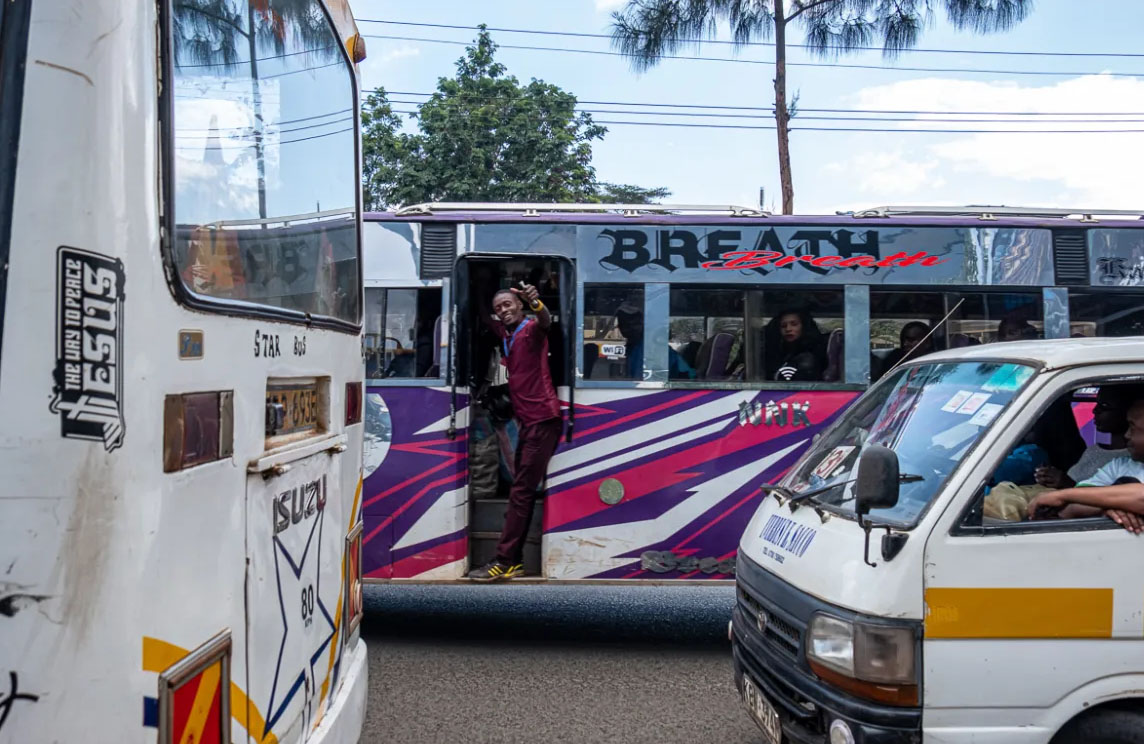
-
AFRICA
-
TOURIST SUBMARINE SINKS OFF THE COAST OF EGYPT, KILLING AT LEAST 6 PASSENGERS
Photo Credit: Getty Images Off the coast of Egypt, there has been a tragedy. The Egyptian...
-
HIV SOARS AFTER DEADLY WAR IN ETHIOPIA'S TIGRAY
Photo Credit: Getty Images The woman survived two brutal attacks in the dying days of the war in...
-
POWER STRUGGLE IN ETHIOPIA RAISES FEARS OF A NEW CONFLICT
Photo Credit: Getty Images Tensions are boiling over in Ethiopia's northern region of Tigray as a...
-
OUTRAGE IN NIGERIA AFTER HIKED DATA PRICES
Photo Credit: Getty Images Nigerians are expressing outrage after major phone networks, including MTN and...
-
RAMPHOSA AND MUSK DISCUSS SOUTH AFRICA'S LAND REFORM AMID TRUMP'S CONTROVERSIAL COMMENTS
Photo Credit: Getty Images In a politically charged exchange, South African President Cyril...
-
KENYAN HIGH COURT ORDERS RELEASE OF IMPOUNDED MATATUS, SPARKING DEBATE ON REGULATORY ENFORCEMENT
Photo Credit: Getty Images The High Court of Kenya has ordered the National Transport and Safety...
-
KENYAN TEENAGER KICKS OFF DEBATE WITH FILM ON CHILD MARRIAGE
Photo Credit: Getty Images The movie “Nawi,” meaning “a daughter,” set in the arid landscapes of...
-
KENYA’S RESURGENCE OF ENFORCED DISAPPEARANCES SPARKS PUBLIC OUTCRY
Photo Credit; Getty Images In recent months, Kenya has witnessed a disturbing resurgence of...
-
TRAPPED UNDERGROUND: SOUTH AFRICA’S ILLEGAL MINING TRAGEDY
Photo Credit: Getty Images In a shocking turn of events, hundreds of illegal miners, locally known as...
-
FIRE RAVAGES UNIVERSITY OF NAIROBI'S HISTORIC TAIFA HALL
Photo Credit: Getty Images On the night of Wednesday, January 15, 2025, a significant fire broke out...
-
CHAD'S PRESIDENTIAL PALACE ATTACK: 18 ASSAILANTS DEAD
Photo Credit: Getty Images A bold attack on Chad's presidential palace on Wednesday night left 18...
-
UGANDA OFFICIALLY JOINS BRICS
Photo Credit: Getty Images Uganda has made history as the first East African nation to officially become a...
-
TOURIST SUBMARINE SINKS OFF THE COAST OF EGYPT, KILLING AT LEAST 6 PASSENGERS
















